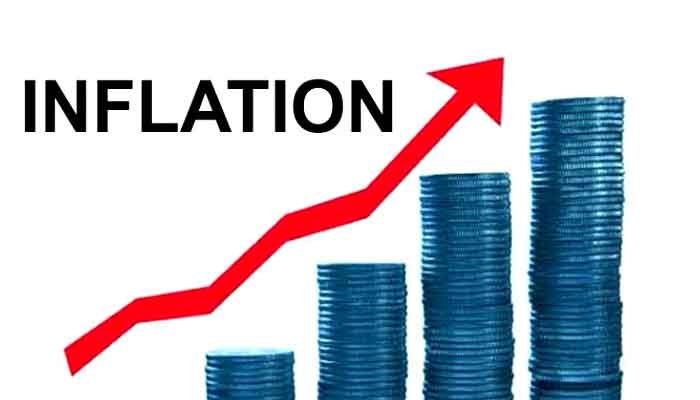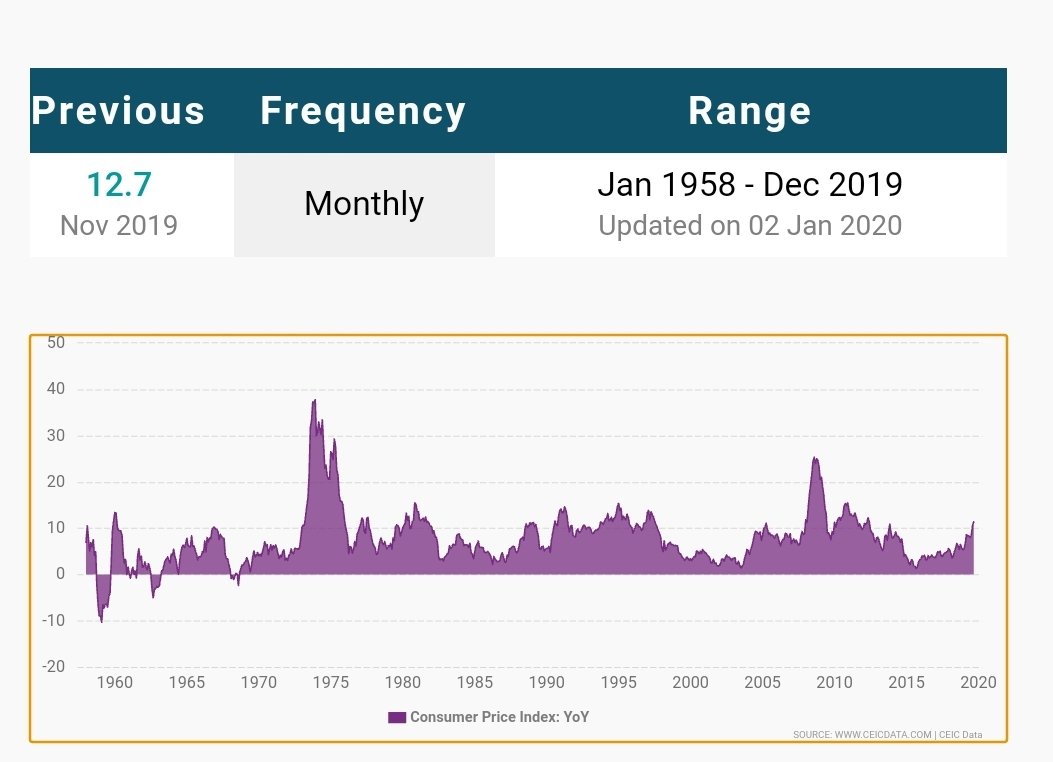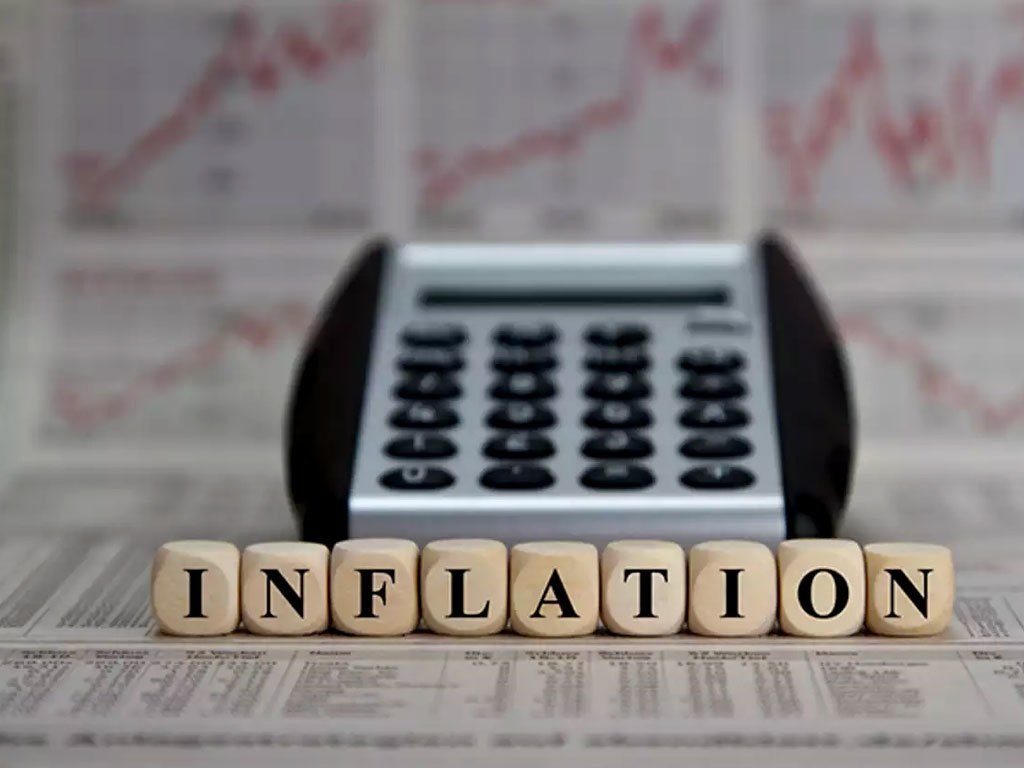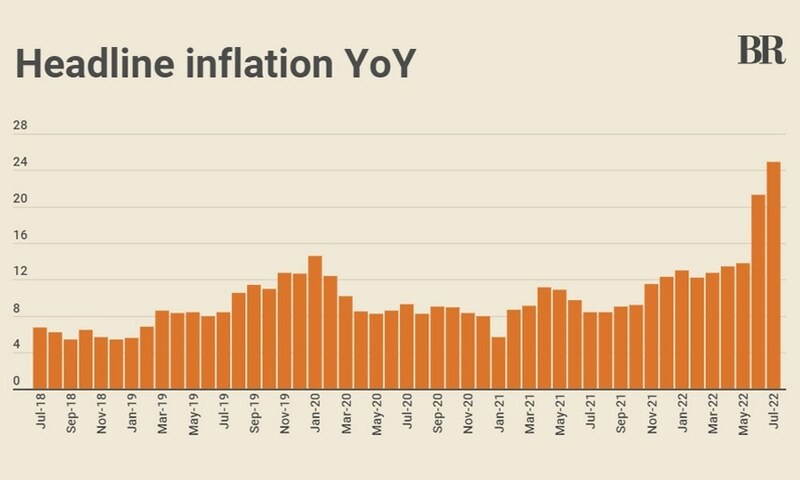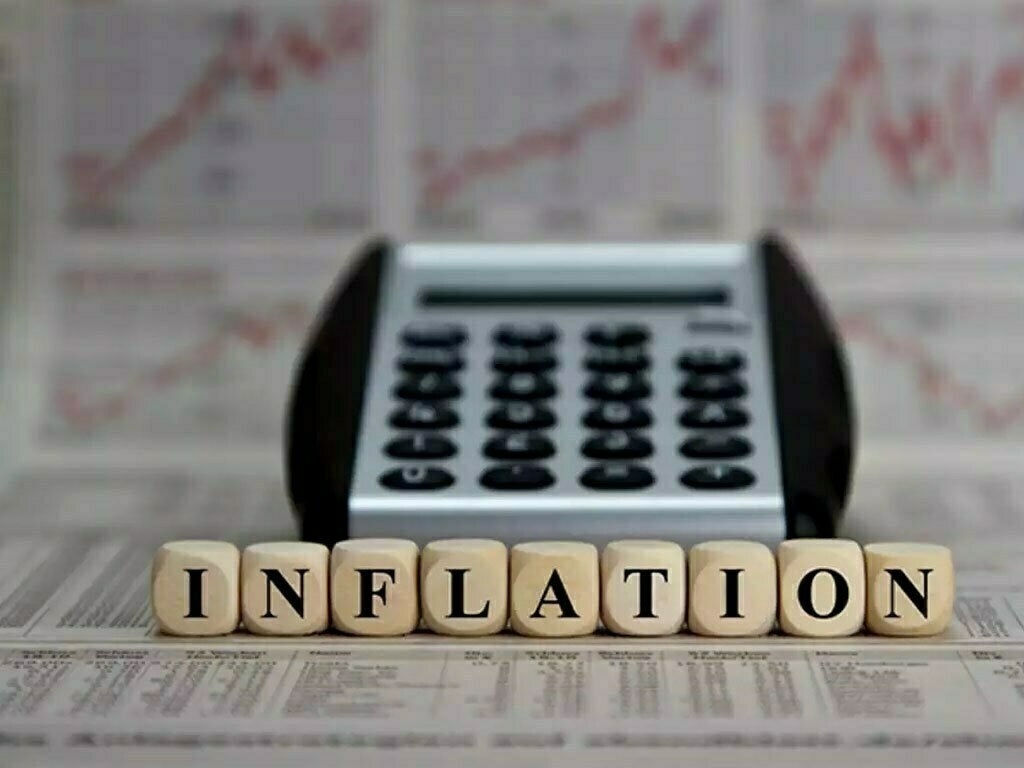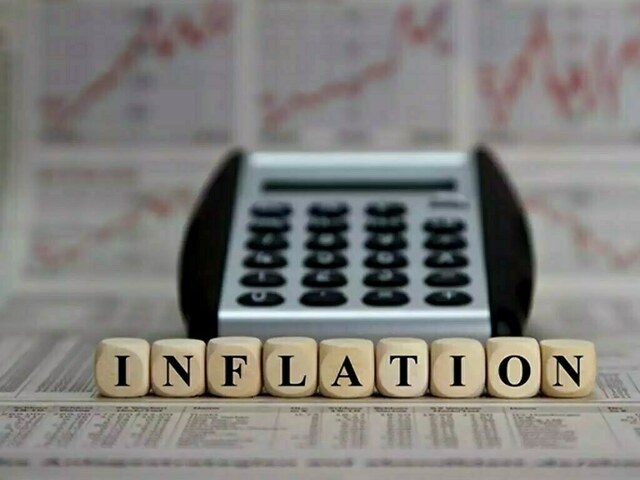ejaz007
SENIOR MEMBER

- Joined
- Jul 25, 2007
- Messages
- 6,533
- Reaction score
- 1
- Country
- Location
Food inflation and climate change
By BR Research on January 28, 2020

Inflation in Jan-20 is likely to cross 13 percent. The last time over 13 percent inflation was in 2010 -11. Prior to that, such high number was in 2008-09. There were exogenous shocks in both occasions – in 2010-11 the floods in Pakistan created price havoc, and in 2008, oil prices went up (Brent monthly average was $127/barrel during May-Aug 2008).
This a point of concern for policymakers and its impact on common man is devastating. Nothing should be higher on priority than to bring inflation down in single digit. The question is what went wrong to take inflation to such high levels without any evident shock. There is an impact of currency depreciation, but the actual numbers are higher than the market expectations. The fault lies in administrative failure in food items trade, and there might be an impact of climate change.
Back in 2010-11, it was a combination of a few items that took CPI to an average of 24.4 percent in Jul-Dec 2008. The sharp currency depreciation, high oil prices and sudden increase in wheat support price. The higher support price had cascaded into many other food items prices and the inflation remained in double digits till FY12. In between, there were massive floods disrupting the overall food supply. The floods came in summer of 2010, and the CPI was recorded at 13.9 percent in FY11. The oil prices in that time was hovering around $100/bbl mark (averaged at $96.3/barrel in FY11). The higher inflation was plausible.
Now in FY20, the inflation is moving up again. It averaged at 11.1 percent in Jul-Dec19. The last two months recording are 12.6 percent and is expected to cross 13 percent in Jan-20. The market was not expecting such high inflation. The round of higher prices in perishable items (such as tomatoes), chicken, wheat etc happened. Now sugar, milk and other items are coming in limelight.
The food mandi markets are plagued with information asymmetry and exploitation. The systems originated pre partition are still in place. The mandis are controlled by a few players. There are barriers to entry and commission agents are price settlers because of disproportionate influence. The simple solution is to open up the mandis to competition. The difficult part is to break rent seeking of commission agents.
The other reason could be an exogenous shock which is not really registered. The weather patterns are shifting. Invariably, all the seasons in 2019 have faced some shift from usual time. The pre monsoon rains in April adversely affected the wheat crop. The harvesting was delayed, and the next crop on the same land was delayed too. The time for next crop was less while productivity is directly proportional to the team from sowing to harvesting –lesser the time, lower the productivity. The whole kharif crop season was adversely affected.
Untimely rain had dented the cotton crop. The higher temperature could be a partial reason for locusts' attack on cotton. FAO last year had warned Pakistan that temperature rise could result in locusts' attack on cotton. The prolonged heatwave in Aug-Sep resulted in maize and rice yield loss, resulting in crops with empty shells. The plant sustainably is said to be at 30-32 degree Celsius, the temperature went up to as high as 40 degrees.
In Sindh, June and July was too hot and tomato harvest was delayed. Later the rains were too heavy, and harvesting was affected. The higher temperature in Sep-Oct did not bode well for vegetables. The winters are harsh this time resulting in lower production of vegetables. The livestock health is not safe from fog and smog. The plant-based diet becomes less nutritious. And the list goes on.
There is an urgent need to map the impact of changing weather pattern on crops and its impact on inflation due to food shortage. The adverse cotton crop is resulting in import of cotton – adversely impacting balance of payment. There is urgent need to look into these factors. The farmers are to be informed about weather unpredictability and on solutions to handle changing weather patterns.
https://www.brecorder.com/2020/01/28/565613/food-inflation-and-climate-change/
By BR Research on January 28, 2020

Inflation in Jan-20 is likely to cross 13 percent. The last time over 13 percent inflation was in 2010 -11. Prior to that, such high number was in 2008-09. There were exogenous shocks in both occasions – in 2010-11 the floods in Pakistan created price havoc, and in 2008, oil prices went up (Brent monthly average was $127/barrel during May-Aug 2008).
This a point of concern for policymakers and its impact on common man is devastating. Nothing should be higher on priority than to bring inflation down in single digit. The question is what went wrong to take inflation to such high levels without any evident shock. There is an impact of currency depreciation, but the actual numbers are higher than the market expectations. The fault lies in administrative failure in food items trade, and there might be an impact of climate change.
Back in 2010-11, it was a combination of a few items that took CPI to an average of 24.4 percent in Jul-Dec 2008. The sharp currency depreciation, high oil prices and sudden increase in wheat support price. The higher support price had cascaded into many other food items prices and the inflation remained in double digits till FY12. In between, there were massive floods disrupting the overall food supply. The floods came in summer of 2010, and the CPI was recorded at 13.9 percent in FY11. The oil prices in that time was hovering around $100/bbl mark (averaged at $96.3/barrel in FY11). The higher inflation was plausible.
Now in FY20, the inflation is moving up again. It averaged at 11.1 percent in Jul-Dec19. The last two months recording are 12.6 percent and is expected to cross 13 percent in Jan-20. The market was not expecting such high inflation. The round of higher prices in perishable items (such as tomatoes), chicken, wheat etc happened. Now sugar, milk and other items are coming in limelight.
The food mandi markets are plagued with information asymmetry and exploitation. The systems originated pre partition are still in place. The mandis are controlled by a few players. There are barriers to entry and commission agents are price settlers because of disproportionate influence. The simple solution is to open up the mandis to competition. The difficult part is to break rent seeking of commission agents.
The other reason could be an exogenous shock which is not really registered. The weather patterns are shifting. Invariably, all the seasons in 2019 have faced some shift from usual time. The pre monsoon rains in April adversely affected the wheat crop. The harvesting was delayed, and the next crop on the same land was delayed too. The time for next crop was less while productivity is directly proportional to the team from sowing to harvesting –lesser the time, lower the productivity. The whole kharif crop season was adversely affected.
Untimely rain had dented the cotton crop. The higher temperature could be a partial reason for locusts' attack on cotton. FAO last year had warned Pakistan that temperature rise could result in locusts' attack on cotton. The prolonged heatwave in Aug-Sep resulted in maize and rice yield loss, resulting in crops with empty shells. The plant sustainably is said to be at 30-32 degree Celsius, the temperature went up to as high as 40 degrees.
In Sindh, June and July was too hot and tomato harvest was delayed. Later the rains were too heavy, and harvesting was affected. The higher temperature in Sep-Oct did not bode well for vegetables. The winters are harsh this time resulting in lower production of vegetables. The livestock health is not safe from fog and smog. The plant-based diet becomes less nutritious. And the list goes on.
There is an urgent need to map the impact of changing weather pattern on crops and its impact on inflation due to food shortage. The adverse cotton crop is resulting in import of cotton – adversely impacting balance of payment. There is urgent need to look into these factors. The farmers are to be informed about weather unpredictability and on solutions to handle changing weather patterns.
https://www.brecorder.com/2020/01/28/565613/food-inflation-and-climate-change/



